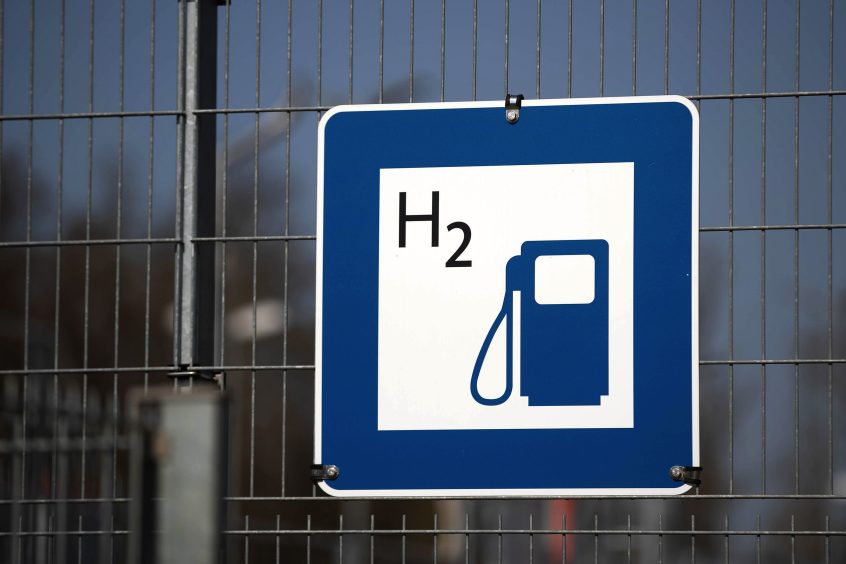
Construction and engineering firm Costain announced on June 12 that it had been selected by Wales & West Utilities (WWU) to lead a study exploring the integration of hydrogen refuelling stations into the UK’s existing natural gas network.
The study will be funded by the Office of Gas and Electricity Markets (Ofgem), the UK’s electricity and gas network regulator.
It comes as the UK anticipates rising demand for zero-emissions vehicles, with hydrogen-powered vehicles expected to be among the options for decarbonising transportation. These could offer an alternative to petrol and diesel vehicles and would have a similar refuelling process.
Costain noted in its announcement that hydrogen fuelling could be particularly advantageous for heavy-duty vehicles that typically have high daily mileage and limited refuelling windows.
WWU is conducting the study as part of its HyDrive initiative, which is aimed at addressing the lack of hydrogen refuelling infrastructure across Wales and Southwest England. WWU considers this infrastructure shortage to be one of the primary barriers to the widespread adoption of hydrogen fuel cell electric vehicles (FCEVs), having trialled a hydrogen van earlier this year.
“The trial required us to set up a bespoke hydrogen refuelling ecosystem and clearly highlighted the need for permanent infrastructure if FCEVs are to become a reality,” stated WWU’s head of net zero and sustainability, Matthew Hindle. “HyDrive will help identify the ways in which our extensive gas network could support hydrogen refuelling in the future.”
Hydrogen refuelling
Costain’s role will involve consulting regional stakeholders in order to gain an understanding of current road transport demands. It will also be tasked with modelling and forecasting future demands on the network and recommending potential locations where existing petrol stations could be converted to hydrogen refuellers.
According to a separate announcement from WWU earlier this year, as well as identifying potential locations for hydrogen refuelling, HyDrive will also explore the cost implications of supporting this technology.
WWU and Costain hope that their findings could pave the way for gas distribution networks to collaborate with hydrogen producers and refuelling infrastructure providers to set up the infrastructure necessary to enable the roll-out of hydrogen refuelling.
“Costain has a rich catalogue of expertise in this field and a deep understanding of how to handle hydrogen safely,” stated Costain’s energy sector director, Laura Hughes. “This will ensure the report is grounded in practical implementation and ultimately delivers robust, actionable findings.”
Hindle added that WWU had been seeking a partner that could demonstrate an “immediate, detailed understanding” of its requirements for this study, complete with a relevant portfolio of experience, and that Costain fitted the bill.
He also sees potential for the study’s findings to be applied beyond Wales and Southwest England.
“The lack of hydrogen refuelling infrastructure is not confined to our region and we’re optimistic the project will produce a model which can be used by the broader industry and accelerate the sector’s complicated but pressing road to net zero,” Hindle said.
Gas infrastructure
Indeed, the UK has an extensive gas network, and industry groups have suggested that this existing infrastructure could be upgraded to handle hydrogen rather than creating an entire new hydrogen transmission system.
Last year, the UK Government announced that it had taken a strategic policy decision to support blending of up to 20% hydrogen by volume into the country’s natural gas distribution networks.
Costain is now inviting petrol and service station providers across Wales and Southwest England to provide their inputs into the HyDrive study. A Costain spokesperson told Energy Voice that research leaders anticipate completing the study later this year.
WWU’s broader plans, meanwhile, involve establishing a net-zero-ready network to the areas it considers most likely to convert to hydrogen by 2035, with its entire gas network being transformed by 2040. The utility is investing £400 million into the regional gas network over 2021-26 as it works towards this goal.
Recommended for you
